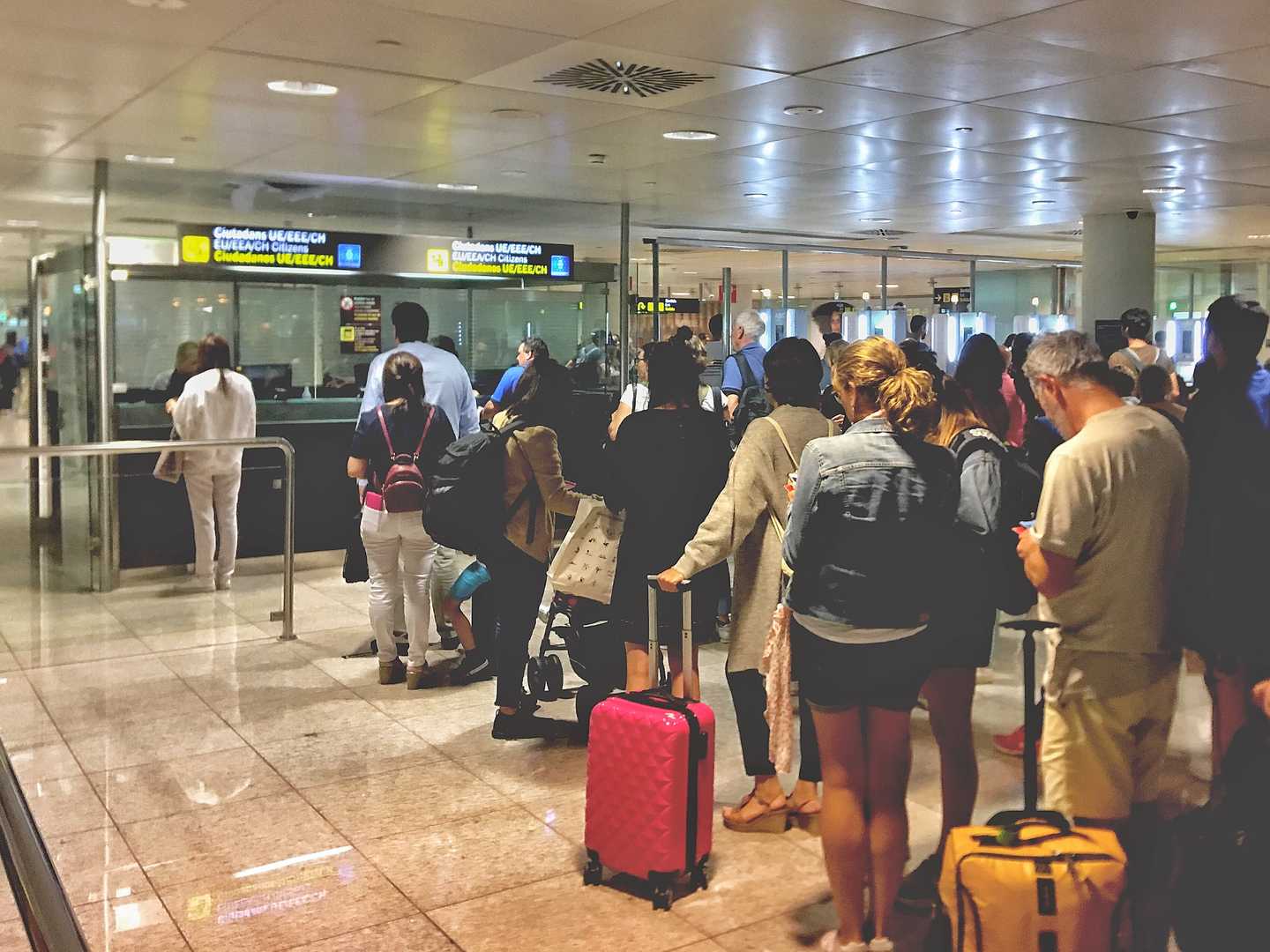The annual Immigration Levels Plan determines how many permanent residents Canada aims to admit over the course of a calendar year. Every year, IRCC provides a projection through targets and ranges for the total number of permanent residents admitted into the country, as well as the number for each immigration category.
IRCC has presented a rolling multi-year (3 years) Immigration Levels Plan for admissions every year since 2017. The plan is developed in consultation with provinces and territories, stakeholder organizations and the public. The selection of applicants is categorized based on: economic contributions; family reunification; support for refugees, protected persons and humanitarian and compassionate needs. The 2021-2023 Immigration Levels Plan has been developed considering the evolving situation of COVID-19 and its implications for permanent resident admissions.
2021–2023 Immigration Levels Plan
|
|
2021 |
2022 |
2023 |
|||
|
Projected admissions – Targets |
401,000 | 411,000 |
421,000 |
|||
|
Projected admissions – Ranges |
Low | High | Low | High | Low | High |
|
Federal economic, provincial/ territorial nominees |
153,600 | 208,500 | 167,600 | 213,900 | 173,500 | 217,500 |
|
Family reunification |
76,000 | 105,000 | 74,000 | 105,000 | 74,000 |
106,000 |
| Refugees, protected persons, humanitarian and compassionate and other | 43,500 | 68,000 | 47,000 | 68,000 | 49,000 |
70,500 |
| Quebec-selected skilled workers and business | See Quebec’s immigration plan | See Quebec’s immigration plan | To be determined | To be determined | To be determined |
To be determined |
TOTAL |
300,000 |
410,000 |
320,000 |
420,000 |
330,000 |
430,000 |
Source: Immigration, Refugees and Citizenship Canada
